I’ve helped countless clients navigate PVC material selection, and the choices can be confusing. Understanding these differences is crucial for project success.
PVC materials are categorized by their composition and properties: uPVC (unplasticized) is rigid and used for pipes and windows; CPVC (chlorinated) handles hot water up to 200°F; flexible PVC contains plasticizers for bendable applications; and each type has specific standards for different uses, particularly for drinking water safety.
The right PVC type ensures system longevity and compliance. Let me break down the key differences to guide your selection process.
What are the main differences between uPVC and CPVC materials?
Many clients confuse uPVC and CPVC, but their applications differ significantly. I’ve seen projects fail from using the wrong type.
uPVC is rigid, cost-effective, and ideal for cold water and ventilation systems, while CPVC handles both hot and cold water due to its higher temperature resistance. The key difference is chlorine content: CPVC contains more chlorine, giving it better heat resistance and making it more flexible than the rigid uPVC material.

Chemical Composition and Structure
The fundamental difference between uPVC and CPVC lies in their chemical makeup. uPVC, or unplasticized PVC, contains no plasticizers, making it rigid and strong. CPVC, or Chlorinated Polyvinyl Chloride, undergoes an additional chlorination process that increases its chlorine content from 56-57% to 63-67%. This extra chlorine is what gives CPVC its enhanced temperature resistance and different physical properties.
When I consult with clients about material selection, I emphasize that uPVC maintains its shape under pressure but can become brittle in extreme cold. CPVC, while still rigid, has slightly more flexibility due to its molecular structure. This flexibility makes CPVC easier to install in tight spaces where some give is helpful.
Temperature and Pressure Performance
Temperature resistance is where these materials diverge most significantly. uPVC typically handles temperatures up to 140°F (60°C), making it suitable only for cold water applications. CPVC can withstand temperatures up to 200°F (93°C), allowing it to safely transport hot water in residential and commercial systems. This temperature advantage comes with a trade-off: CPVC is generally more expensive than uPVC due to its additional processing.
In terms of pressure handling, both materials perform well, but their pressure ratings decrease as temperature increases. At room temperature, uPVC might have a higher pressure rating, but as water temperature rises, CPVC maintains its strength better. This is why building codes often require CPVC for hot water lines while permitting uPVC for cold water applications.
Application Comparison Table
| Propiedad | uPVC | CPVC |
|---|---|---|
| Max Temperature | 140°F (60°C) | 200°F (93°C) |
| Flexibilidad | Rigid | Semi-rigid |
| Cost | Lower | Higher |
| Primary Uses | Cold water pipes, drainage, window frames | Hot and cold water distribution |
| Resistencia química | Good against acids, bases, salts | Excellent against acids, bases, salts |
| Installation | Solvent cement joining | Solvent cement joining |
Durability and Lifespan Considerations
From my project experience, both materials offer excellent corrosion resistance compared to metal pipes. uPVC performs exceptionally well in underground applications because it resists soil chemicals and doesn’t corrode. CPVC shares these corrosion-resistant properties but may become brittle with prolonged UV exposure if used outdoors without proper protection.
The lifespan of both materials typically exceeds 50 years when installed correctly and used within their temperature limits. I’ve inspected uPVC systems installed decades ago that still function perfectly for cold water applications. CPVC systems similarly demonstrate long-term reliability when used for their intended hot water applications.
Which PVC types are suitable for drinking water supply applications?
Water safety is my top priority when advising clients. Not all PVC types meet drinking water standards.
uPVC and CPVC are both suitable for drinking water when they carry NSF/ANSI 61 certification, confirming they don’t leach harmful chemicals. uPVC works for cold drinking water, while CPVC handles both hot and cold potable water. Always verify certification markings on the pipes before installation.

Certification Requirements for Potable Water
When selecting PVC for drinking water applications, certification is non-negotiable. The NSF/ANSI Standard 61 certification specifically evaluates products for any potential health effects from materials and products contacting drinking water. This certification ensures the material won’t leach harmful levels of contaminants, including vinyl chloride, metals, or plasticizers into your drinking water.
In my work with municipal water projects, I always verify that both the pipes and fittings carry proper certifications. Some manufacturers certify only their pipes but not their fittings, which creates compliance issues. The entire system – pipes, fittings, and cement – must meet drinking water standards to ensure water safety from source to tap.
Material Safety and Performance
uPVC used for drinking water contains no plasticizers, making it inherently safe for cold water distribution. The material’s smooth interior surface resists scale buildup and bacterial growth, helping maintain water quality. CPVC’s additional chlorine content doesn’t compromise water safety; instead, it enhances temperature capability while maintaining the material’s inert characteristics.
I’ve tested water quality from both uPVC and CPVC systems, and when properly certified, both maintain water purity without affecting taste or odor. The key advantage of CPVC for hot water systems is that it doesn’t degrade at higher temperatures, ensuring consistent water quality even with temperature fluctuations.
Application Guidelines Table
| Application | Recommended PVC Type | Consideraciones clave |
|---|---|---|
| Cold Water Main Lines | uPVC | Most cost-effective, verify NSF 61 certification |
| Hot Water Distribution | CPVC | Essential for temperatures above 140°F |
| Water Service Lines | uPVC | Excellent for underground cold water service |
| Whole House Plumbing | CPVC | Handles both hot and cold water throughout |
| High-Temperature Industrial | CPVC | Suitable for temperatures up to 200°F |
Installation Best Practices
Even with certified materials, proper installation ensures ongoing water safety. I always recommend using primer and cement specifically designed for potable water systems. These joining materials also carry certifications confirming they won’t contaminate the water. After installation, flushing the system thoroughly before use removes any installation debris or residues.
For clients concerned about water quality, I suggest third-party water testing after system installation. This provides verification that the installed system maintains water quality standards. Regular inspections and maintenance further ensure the long-term safety and performance of both uPVC and CPVC drinking water systems.
How does flexible PVC differ from rigid PVC in material properties?
Clients often want to know when to use flexible PVC versus rigid options. The choice depends entirely on application requirements.
Flexible PVC contains plasticizers that make it soft and bendable, while rigid PVC has no plasticizers, making it hard and structural. This fundamental difference affects their strength, temperature resistance, and applications – flexible PVC works for cables and temporary installations, while rigid PVC provides structural support for pipes and construction.
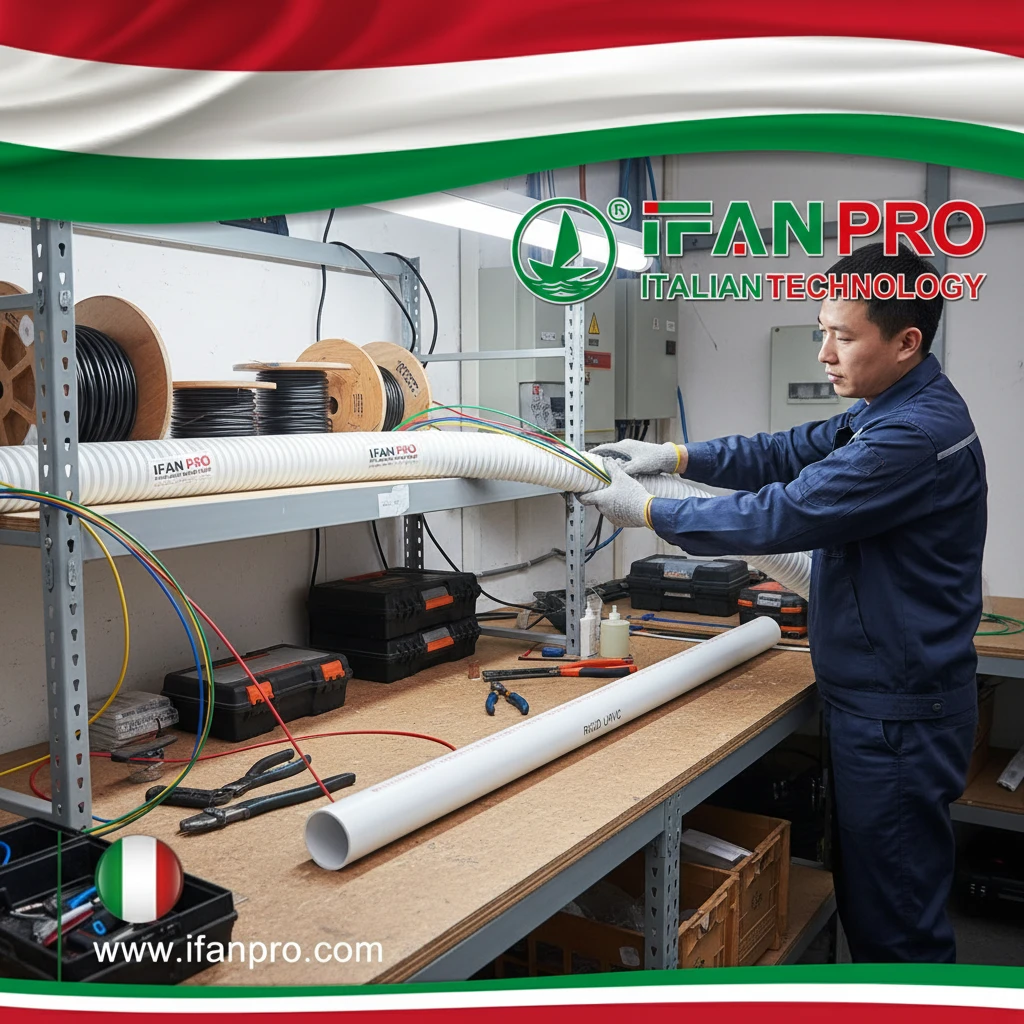
Composition and Manufacturing Differences
The core difference between flexible and rigid PVC lies in their additive packages. Rigid PVC (uPVC) contains primarily PVC resin and stabilizers, creating a hard, rigid material. Flexible PVC incorporates significant amounts of plasticizers – typically 20-40% by weight – which separate the PVC polymer chains and allow them to slide past each other, creating flexibility.
These plasticizers dramatically change the material’s behavior. In my material testing experience, the most common plasticizer is DINP (Diisononyl Phthalate), though non-phthalate plasticizers are increasingly used in applications requiring greater environmental and health safety. The type and amount of plasticizer determine the flexibility level, from semi-rigid to highly flexible formulations.
Physical Properties and Performance
The addition of plasticizers creates significant differences in physical properties. Flexible PVC has lower tensile strength but much higher elongation at break compared to rigid PVC. Where rigid PVC might elongate only 2-4% before breaking, flexible PVC can stretch 200-400% of its original length. This makes flexible PVC ideal for applications requiring movement or bending.
Temperature resistance differs substantially between the two types. Rigid PVC maintains its shape better at elevated temperatures, while flexible PVC can become softer and more pliable as temperatures increase. At low temperatures, rigid PVC becomes brittle, while flexible PVC retains some flexibility, though it stiffens considerably in freezing conditions.
Property Comparison Table
| Propiedad | Rigid PVC (uPVC) | Flexible PVC |
|---|---|---|
| Plasticizer Content | 0% | 20-40% |
| Tensile Strength | High (7,500 psi) | Low (1,500-3,000 psi) |
| Elongation at Break | 2-4% | 200-400% |
| Primary Applications | Pipes, windows, siding | Cable insulation, hoses, roofing |
| Temperatura | -40°F to 140°F | -50°F to 160°F |
| Resistencia química | Excellent | Good (varies by plasticizer) |
Application-Specific Considerations
Choosing between flexible and rigid PVC requires understanding the specific application needs. For permanent structural applications like plumbing pipes or window frames, rigid PVC’s strength and stability make it the clear choice. For applications requiring movement, bending, or easy installation, such as electrical cable insulation or temporary water lines, flexible PVC offers practical advantages.
From my project experience, I’ve found that flexible PVC installations are typically faster and require fewer fittings due to the material’s bendability. However, rigid PVC provides better long-term dimensional stability and won’t sag or deform under its own weight over time. The installation method also differs significantly – rigid PVC uses solvent cement joints, while flexible PVC often uses clamp or barbed fittings.
What are the international standards and certifications for PVC materials?
Navigating PVC standards can be challenging. I help clients understand which certifications matter for their specific projects.
Key international standards include NSF/ANSI 61 for drinking water safety, ASTM D1784 for material classification, ISO 9001 for quality management, and EN 1452 for European water applications. These standards ensure material quality, performance consistency, and safety compliance across different regions and applications.

Drinking Water and Health Standards
The most critical standards for PVC pipes carrying drinking water are health-effect certifications. NSF/ANSI 61 is the comprehensive North American standard evaluating potential contaminants that might leach into drinking water. In Europe, the EN 1648 series provides similar assurance, while WRAS (Water Regulations Advisory Scheme) certification is required in the United Kingdom.
Through my quality control work, I’ve learned that these health-effect standards involve rigorous testing. Materials are exposed to various water conditions (different pH levels, temperatures) and the water is analyzed for potential contaminants. Certification requires regular retesting and manufacturing facility audits to ensure ongoing compliance. Always look for the certification mark stamped directly on the pipe.
Material Performance and Classification Standards
Material standards define the physical properties and performance requirements for different PVC types. ASTM D1784 classifies rigid PVC compounds by their physical properties, using a cell class system that rates materials based on temperature resistance, impact strength, tensile strength, and modulus of elasticity. This helps engineers select the right material grade for specific applications.
The ISO standards system provides international equivalents, with ISO 1167 specifying requirements for pressure resistance and ISO 9001 defining quality management systems for manufacturing facilities. These standards ensure consistent material quality regardless of where the PVC is manufactured. From my factory audit experience, I prioritize suppliers with comprehensive ISO 9001 implementation.
Regional Standards Comparison Table
| Region | Key Standards | Governing Body | Focus Areas |
|---|---|---|---|
| North America | NSF/ANSI 61, ASTM D1784, ASTM D2846 | NSF International, ASTM | Drinking water safety, material properties |
| Europe | EN 1452, EN 1401, EN 13476 | CEN (European Committee for Standardization) | Water supply, soil/waste, underground drainage |
| International | ISO 4422, ISO 9001, ISO 1452 | International Organization for Standardization | Pipe specifications, quality management |
| United Kingdom | WRAS, BS EN 1452 | Water Regulations Advisory Scheme | Water fittings regulations, material standards |
Certification Markings and Verification
Properly certified PVC pipes carry visible markings indicating their compliance. These typically include the standard number, certification body logo, material classification, pressure rating, size, and manufacturer identification. As a best practice, I always verify these markings during material inspection and cross-reference them with certification databases maintained by standards organizations.
For projects with specific requirements, such as fire-rated applications, additional certifications like UL listing may be necessary. Similarly, PVC used in food processing facilities might require FDA compliance verification. The key is understanding the project’s specific needs and ensuring all materials carry the appropriate certifications for those applications.
Conclusión
Understanding PVC types ensures you select the right material for each application. For certified uPVC, CPVC, and other PVC materials that meet international standards, trust IFAN for reliable supply and technical support.

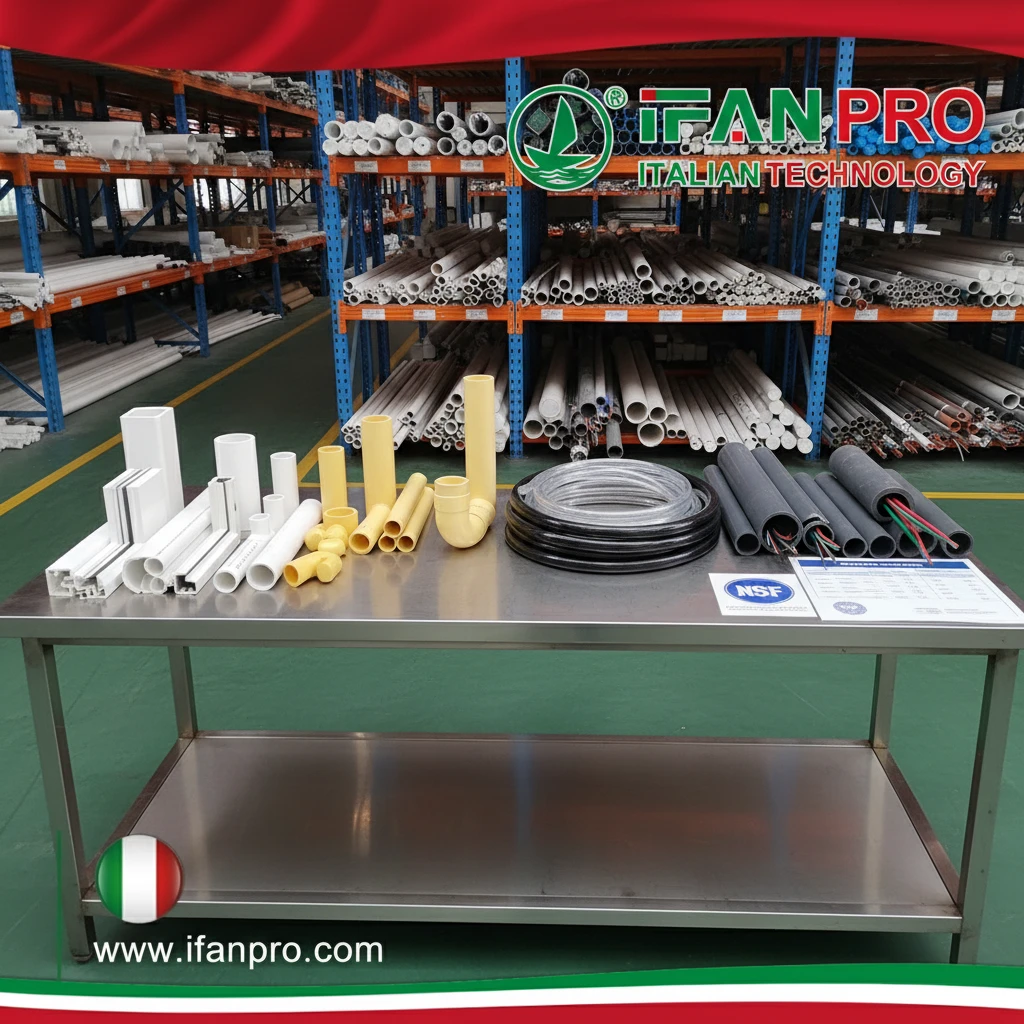
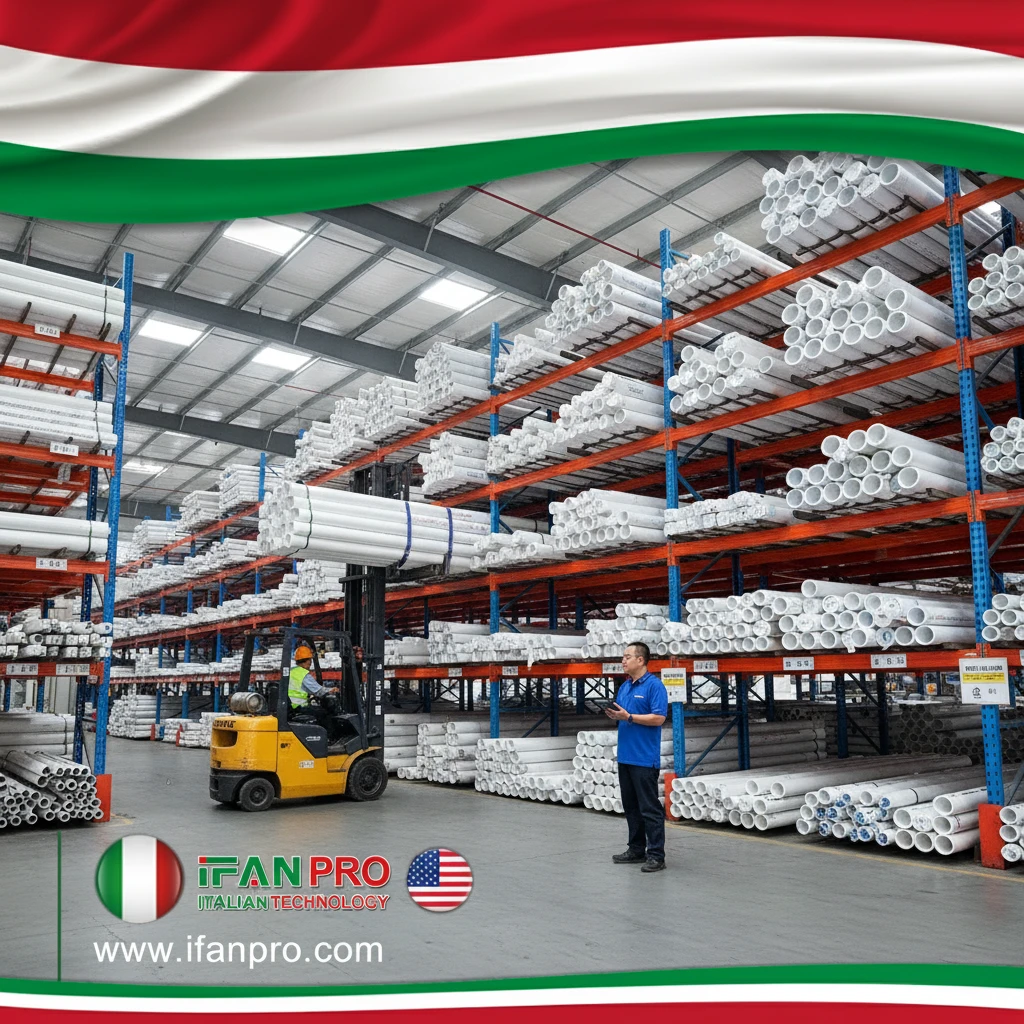
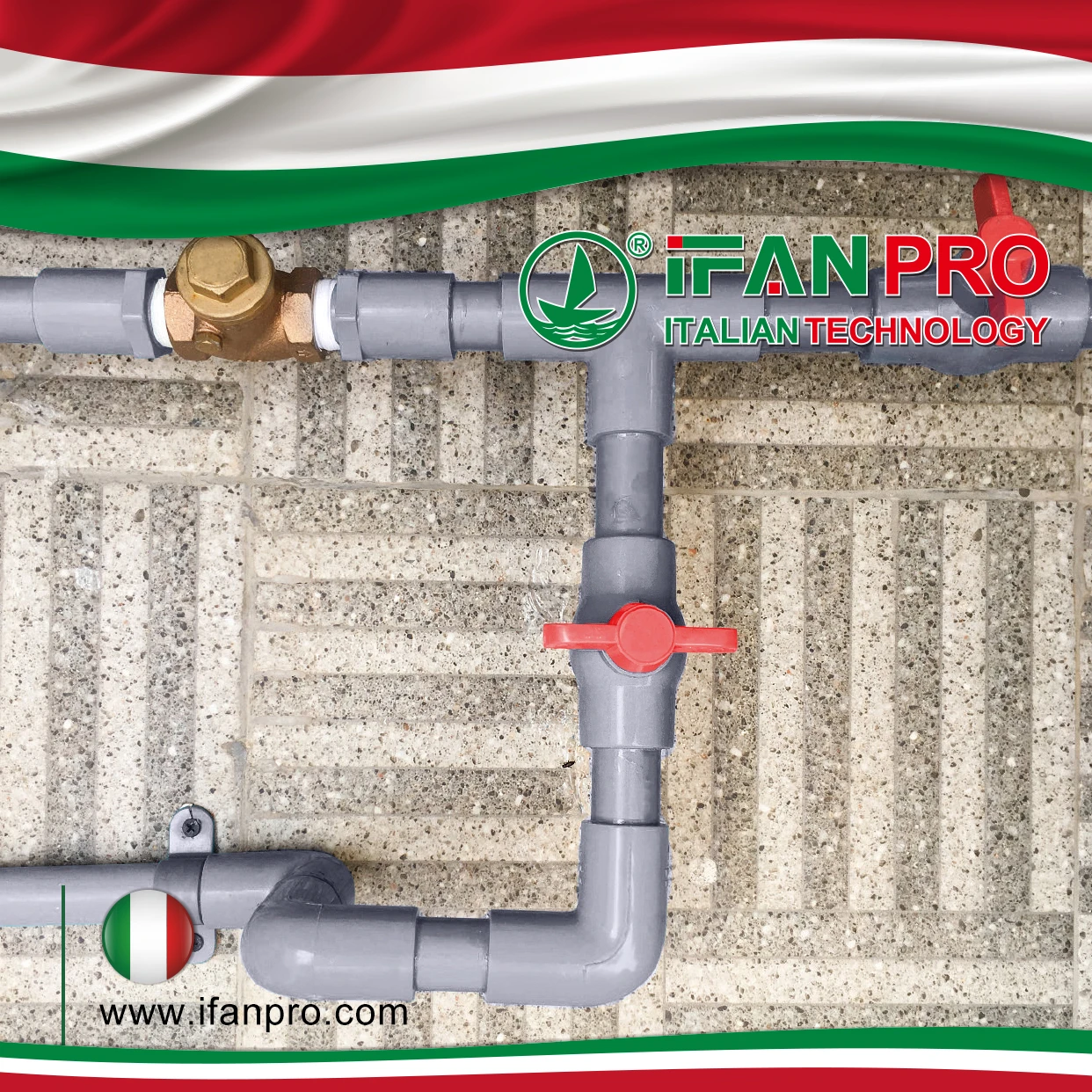
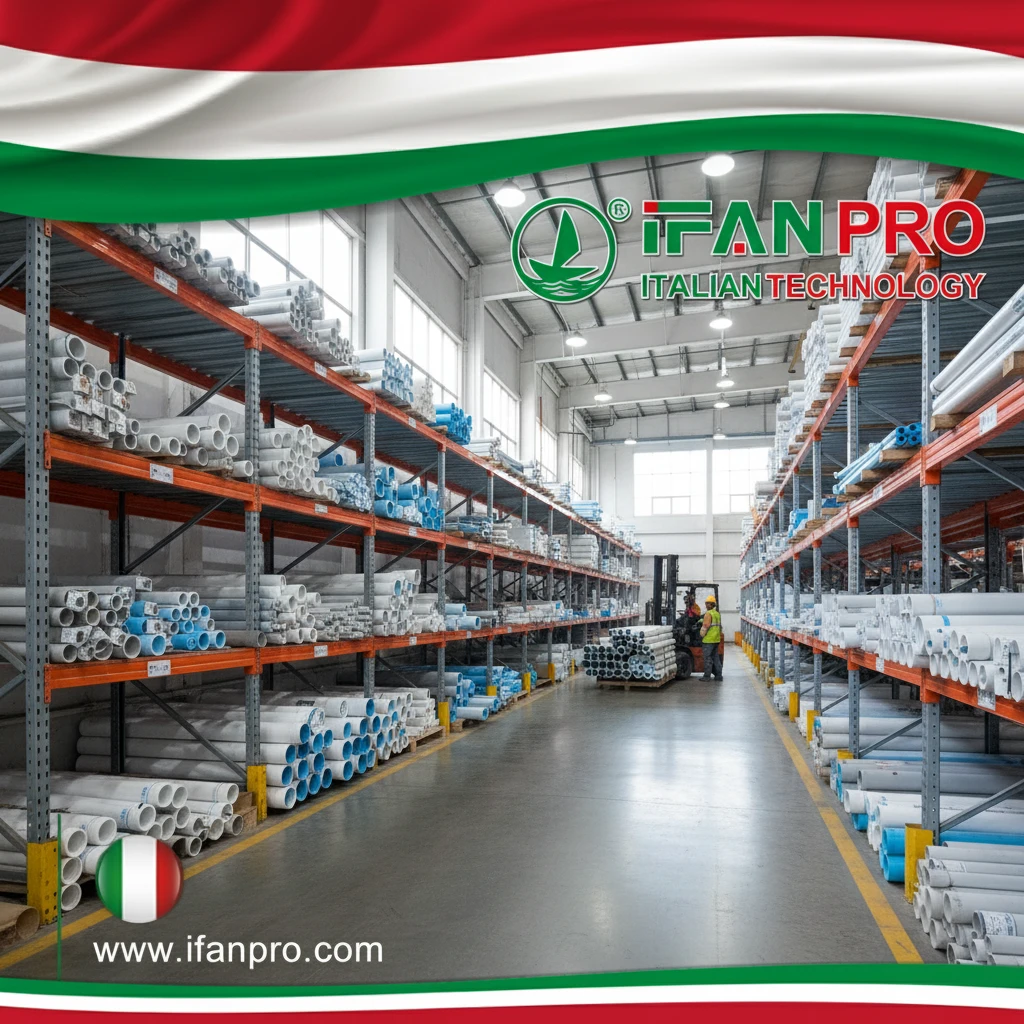









Comentarios recientes